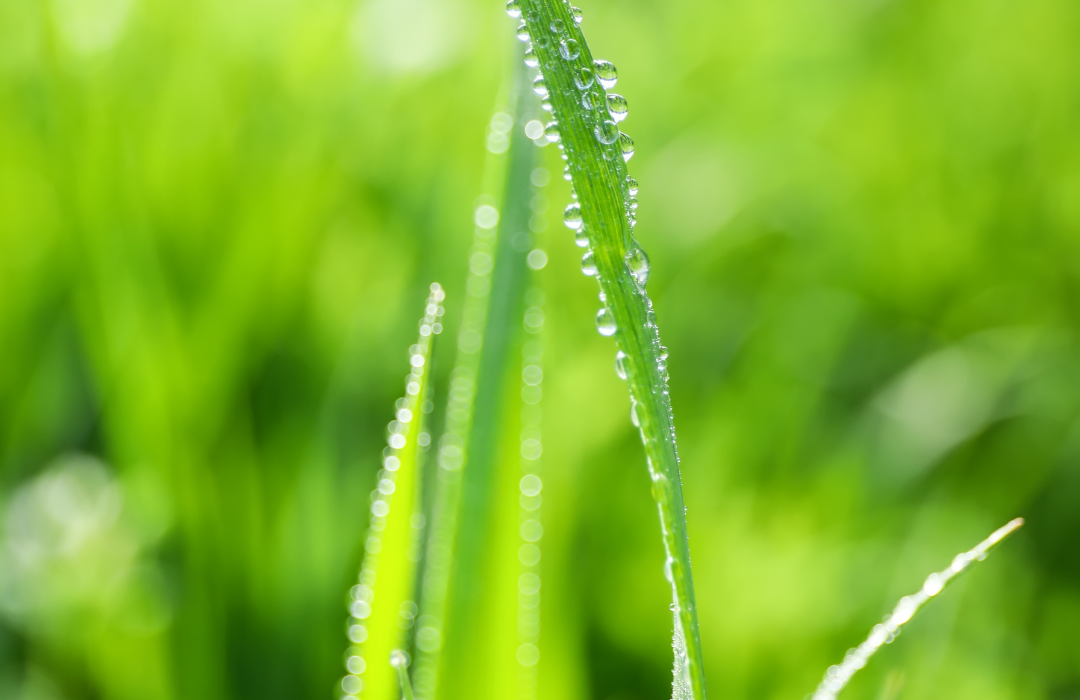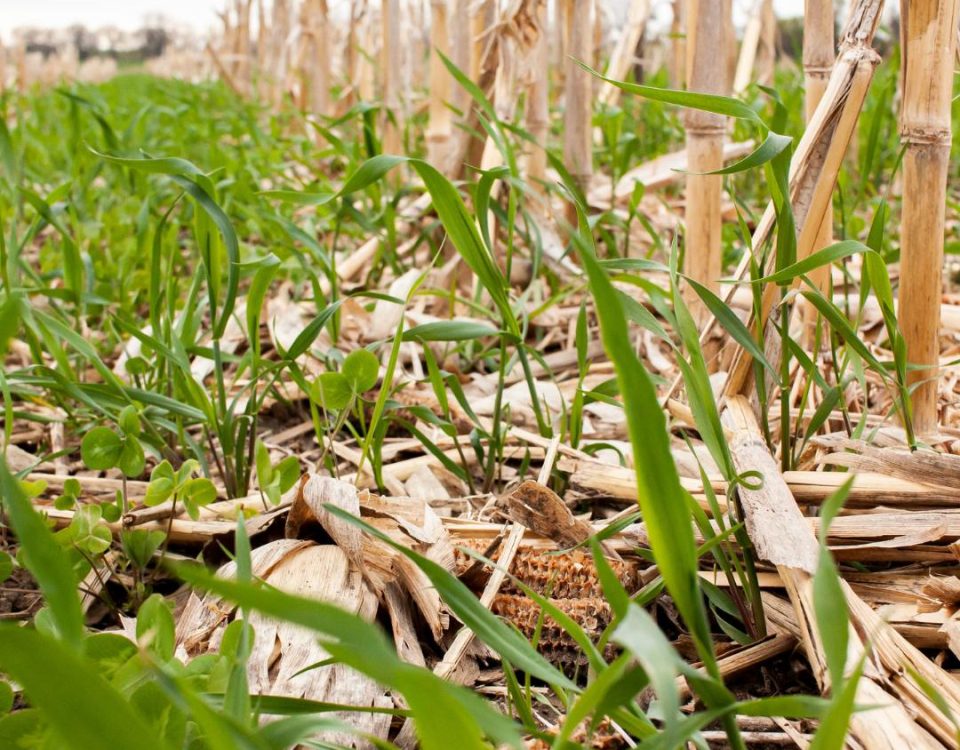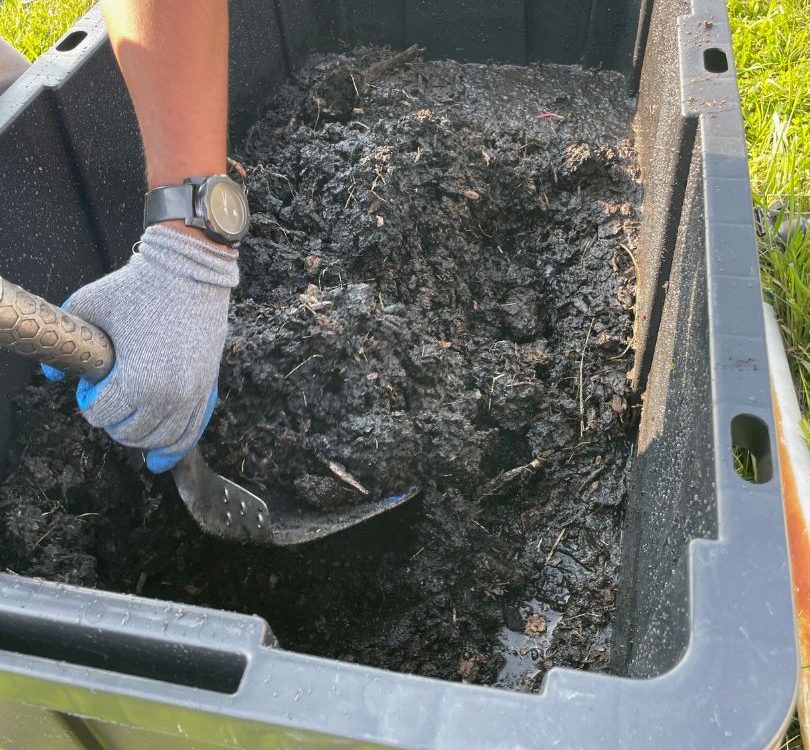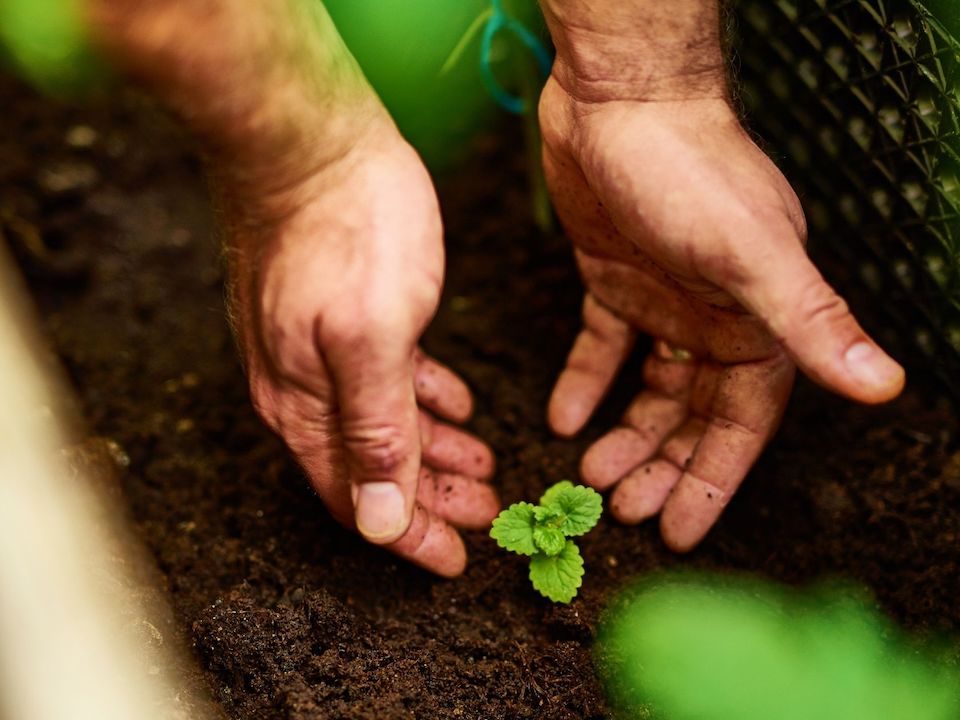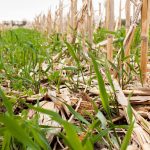
Cover Crops & Their Benefits
March 24, 2025The Environmental Quality Incentives Program (EQIP) plays a pivotal role in promotion and adoption of conservation practices to address natural resource concerns among agricultural producers and forest landowners. Administered by the USDA's Natural Resources Conservation Service (NRCS), EQIP offers both financial and technical assistance to develop conservation plans that outlines conservation practices and activities to help solve on-farm resource issues.
What is EQIP?
“The Environmental Quality Incentive Program (EQIP) offers technical and financial assistance for working lands, including field crops, specialty crops, organic, confined livestock and grazing, and non-industrial private forest land to address natural resource concerns and deliver environmental benefits such as:
- Improved water and air quality
- Conserved ground and surface water
- Increased soil health
- Reduced soil erosion and sedimentation
- Improved or created wildlife habitat
- Mitigation against drought and increasing weather volatility
By working together, NRCS and producers invest in sustainable solutions that protect natural resources while enhancing farm productivity (nrcs.usda.gov).
How does EQIP work?
Applicants under EQIP funding compete within specific land use categories, including Cropland, Pasture/Hayland, Wildlife, Forestland, and Animal Feeding/Waste. Additionally, funding opportunities are available for projects that promote climate-smart agriculture and forestry conservation practices or align within designated focus areas such as Mississippi River Basin Healthy Water Initiative (MRBI) and National Water Quality Initiative (NWQI).
Through EQIP, NRCS provides agricultural producers with 1:1 consultation and financial assistance to adopt and implement conservation practice in your farm. For example, if you want to use EQIP conservation practices to improve soil health in your farm, NRCS offers technical assistance to evaluate your current management system and develop unique program like adoption of cover crops which in the long run improves soil health. The EQIP offers financial assistance for adopting these practices through a contractual agreement.
How can producers apply for EQIP and how are the applications evaluated?
The first step is to reach out to local USDA Service Center to learn more about the Environmental Quality Incentives Program (EQIP). You can find your local USDA service center by entering your state and county in the link below:
If you choose to move forward, an NRCS conservation planner will arrange a visit to your property, walk the land with you, discuss your goals, and assess any resource concerns. After the visit, they will develop a customized conservation plan outlining recommended practices and activities to address the identified resource concerns and support your management objectives. Your local NRCS conservationist will guide you through applying for the EQIP program. Applications are accepted on a continuous basis, but producers interested in funding during the current fiscal year should apply by their state’s ranking dates. More information on ranking dates for different states can found in the link below:
https://www.nrcs.usda.gov/ranking-dates
According to USDA-NRCS “applications for conservation practices and systems that will result in greater environmental benefits for national, state, and/or local natural resource priorities will receive a higher score and higher priority to receive an offer for a financial assistance contract”.
When are EQIP payments made?
EQIP annual payments are between $1,500 and $80,000, based on the contract and the practices the farmer or rancher is implementing. Payments are typically made in October. Payment rates for all practices may vary from state to state and from year to year and more information can be found in the link below:
https://www.nrcs.usda.gov/getting-assistance/payment-schedules
Under the standard EQIP payment process, farmers are reimbursed after implementing a conservation practice. This often requires covering upfront costs, which can be a financial challenge for beginning and socially disadvantaged farmers. To address this, the EQIP advance payment option provides upfront funding for historically underserved farmers, including beginning, veteran, limited resource, and socially disadvantaged farmers and ranchers. This option covers at least 50% of the contracted payment before implementation, allowing farmers to purchase materials or hire services. Recipients must use the advance payment within 90 days and complete the practice as outlined in their EQIP plan. Any unused funds after 90 days must be returned to NRCS – info@cfra.org.
written by Swati Shrestha, PHD
“This material is based upon work supported by the U.S. Department of Agriculture, under agreement number NR226424xxxxG003.Any opinions, findings, conclusions, or recommendations expressed in this publication are those of the author(s) and do not necessarily reflect the views of the U.S. Department of Agriculture. In addition, any reference to specific brands or types of products or services does not constitute or imply an endorsement by the U.S. Department of Agriculture for those products or services. USDA is an equal opportunity provider, employer, and lender.


